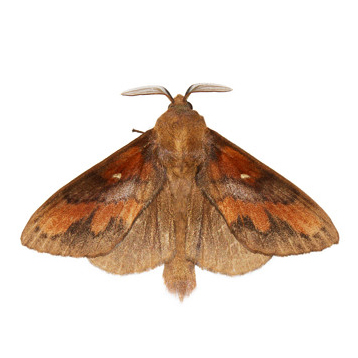


| Latin Name | Dendrolimus superans |
| Common Name | Siberian Silk Moth |
| Biology | Adults are nocturnal with phototaxis, laying eggs on larch needles. Larvae defoliate larch needles, and during outbreaks can completely strip entire pine forests, leading to tree mortality. Completing one generation annually, this pest overwinters as larvae in leaf litter or bark crevices. |
| Damage | This pest primarily damages larch, it also threatens other conifers. |
| Distribution Regions | Siberia (Russia), Northeast China, Korean Peninsula, and northern Japan |
| Monitoring | Pheromone lures mimic natural sex pheromones to attract male insects into specialized traps for population monitoring and suppression. As a core IPM component, monitoring enables early risk detection and targeted control. Mass trapping reduces mating opportunities to curb offspring populations. Protocols: ●Use only with matched traps. ●15-45 traps/hectare,replace/replenish every 4-6 weeks. ●Wear gloves or wash hands with detergent when switching lure types. ●Refer to trap-specific hanging instructions. |
| Recommended Traps | Delta Trap, Wing Trap |

Share your contact information to receive precision-matched pheromone solutions. Should our existing portfolio lack an optimal fit, our synthetic chemistry team will initiate custom development—from molecular structure design to scaled production.